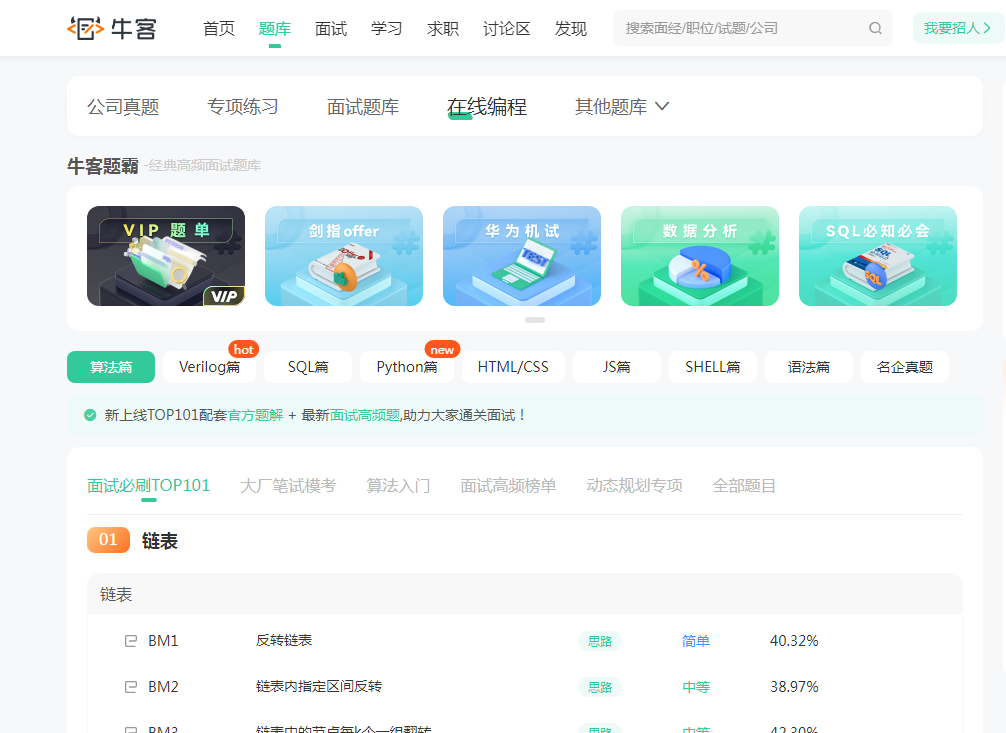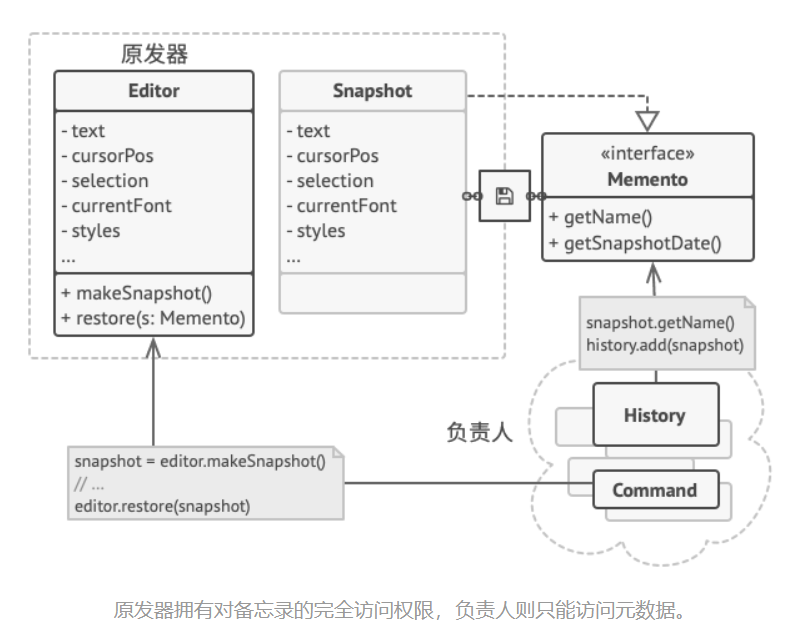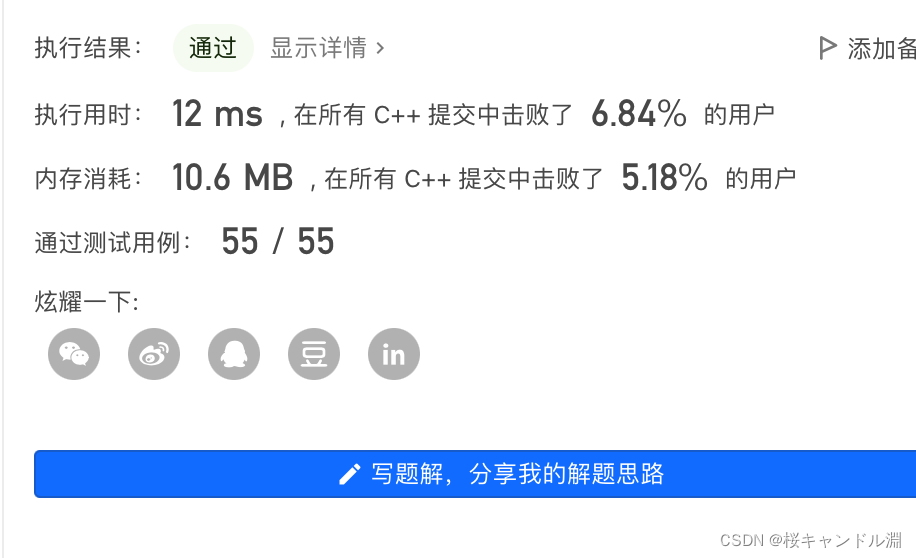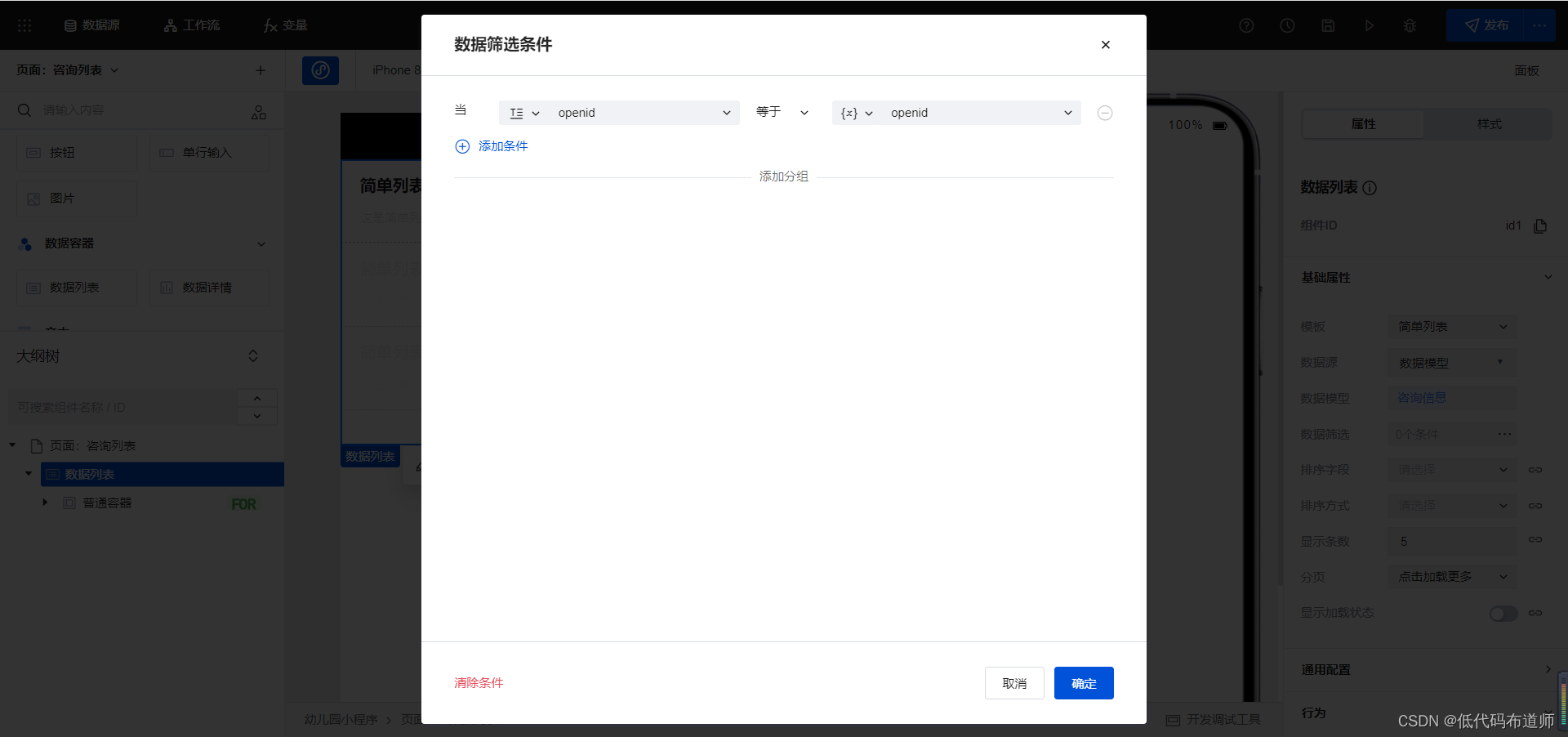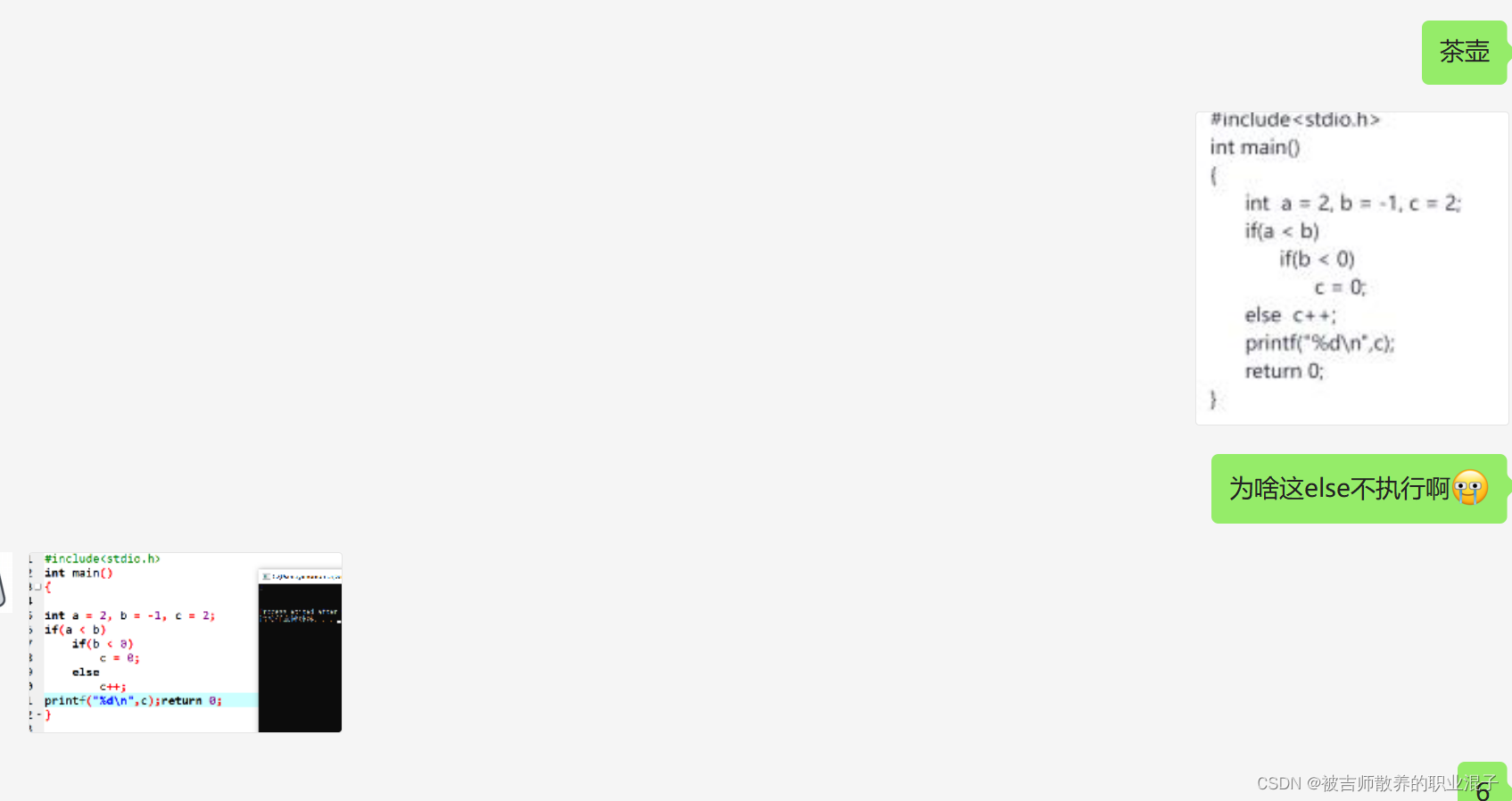导包:
地址:https://repo.spring.io/ui/native/libs-release-local/org/springframework/spring/
如:包名:spring-5.2.3.RELEASE-dist.zip
将其下libs文件夹下的4个jar包导入:
spring-context-5.2.3.RELEASE.jar、spring-beans-5.2.3.RELEASE.jar、
spring-core-5.2.3.RELEASE.jar、spring-expression-5.2.3.RELEASE.jar
导包成功后:
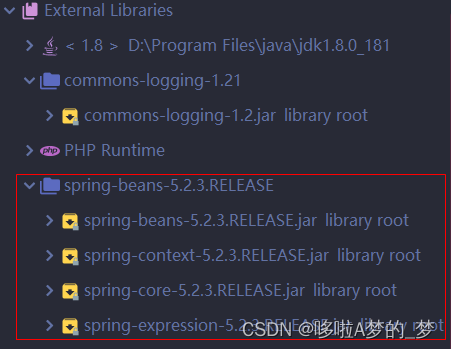
代码目录结构:

代码示例:
Person类:
package com.zhoulz.bean;
/**
* @Auther: zhoulz
* @Description: com.zhoulz.bean
* @version: 1.0
*/
public class Person {
private int id;
private String name;
private int age;
private String gender;
public Person() {
System.out.println("person被创建了!");
}
public int getId() {
return id;
}
public void setId(int id) {
this.id = id;
}
public String getName() {
return name;
}
public void setName(String name) {
this.name = name;
}
public int getAge() {
return age;
}
public void setAge(int age) {
this.age = age;
}
public String getGender() {
return gender;
}
public void setGender(String gender) {
this.gender = gender;
}
@Override
public String toString() {
return "Person{" +
"id=" + id +
", name='" + name + '\'' +
", age=" + age +
", gender='" + gender + '\'' +
'}';
}
}
测试类:
package com.zhoulz.test;
import com.zhoulz.bean.Person;
import org.springframework.context.ApplicationContext;
import org.springframework.context.support.ClassPathXmlApplicationContext;
/**
* @Auther: zhoulz
* @Description: com.zhoulz.test
* @version: 1.0
*/
public class MyTest {
public static void main(String[] args) {
//原:
/*Person person = new Person();
//person.set 的方式进行赋值——下面的输出才会有值
System.out.println(person);*/
//现用一个较高端的方式
ApplicationContext context = new ClassPathXmlApplicationContext("ioc.xml");
//context 表示容器,
//然后从当前容器获取对象,对象就是bean
//Object person = context.getBean("person");//Object不合适——转换为Person类
Person person = (Person) context.getBean("person");//强制类型转换
System.out.println(person);
//这样直接运行会报错:
//Caused by: java.lang.ClassNotFoundException: org.apache.commons.logging.LogFactory
//即:少一个jar包:commons.logging.LogFactory——加上即可
//总结:
//发现,自己没有new对象,但是现在用对象的时候却有了,
//说明,现在是交由spring容器来帮我们进行整体对象的创建了
//上面代码的注释:
/*
* applicationContext:表示IOC容器的入口,想要获取对象的话,必须要创建该类
* 该类有两个读取配置文件的实现类
* 1)ClassPathXmlApplicationContext:表示从classpath中读取数据
* 2)FileSystemXmlApplicationContext:表示从当前文件系统读取数据
* */
//然后是:
//Person person = (Person) context.getBean("person");
//这是获取具体的bean实例对象,需要进行强制类型转换
//上面用到了强转
//下面还有一种方式:——获取对象的时候不需要进行强制类型转换
//context.getBean ——> 选择:getBean(String s, Class<T> aClass) —— 重载的函数
//即:
Person person1 = context.getBean("person", Person.class);
System.out.println(person1);
//一个问题:容器中的person对象是什么时候创建的?
//是用的时候创建的吗?Person person1 = context.getBean("person", Person.class);
//: 容器中的对象在容器创建之前就已经把对象创建好了!!!
//验证
//(见Person类)在Person类中创建一个空构造器,里面写一句话
//然后,在测试类中,只留第20行代码,然后运行 —— 得以验证。
//最后,
//其实,上面这种配置去创建对象的方式不是特别好,写起来比较麻烦。
//见第二种方法:—— 使用maven的方式来构建项目
}
}
配置文件:ioc.xml
<?xml version="1.0" encoding="UTF-8"?>
<beans xmlns="http://www.springframework.org/schema/beans"
xmlns:xsi="http://www.w3.org/2001/XMLSchema-instance" xmlns:util="http://www.springframework.org/schema/util"
xsi:schemaLocation="http://www.springframework.org/schema/beans http://www.springframework.org/schema/beans/spring-beans.xsd http://www.springframework.org/schema/util https://www.springframework.org/schema/util/spring-util.xsd">
<!--注释:-->
<!--bean标签表示要创建的bean对象
id:bean的唯一标识,为了跟其他的bean区分(即不能有两个相同的bean)
class:表示要创建的bean的完全限定名(即:从包名到类名)
-->
<bean id="person" class="com.zhoulz.bean.Person">
<!--给属性赋值使用property标签
name:表示属性的名称
value:表示具体的属性值
-->
<property name="id" value ="1"></property>
<property name="name" value ="zhangsan"></property>
<property name="age" value ="20"></property>
<property name="gender" value ="男"></property>
</bean>
</beans>其中,少的 jar包:commons.logging.LogFactory
下载地址为:
https://mvnrepository.com/artifact/commons-logging/commons-logging/1.2
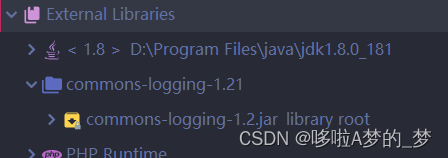
其中:
ApplicationContext context = new ClassPathXmlApplicationContext("ioc.xml");
解释:见链接中的 — 1.1、1.2https://docs.spring.io/spring-framework/docs/current/reference/html/core.html#beans
即:
org.springframework.beans和org.springframework.contextt包是Spring Framework的IoC容器的基础。BeanFactory接口提供了一种高级的配置机制,能够管理任何类型的对象。ApplicationContext是BeanFactory的子接口。它补充道:
更容易与Spring的AOP特性集成
消息资源处理(用于国际化)
事件发布
应用层特定的上下文,例如在web应用程序中使用的WebApplicationContext。
简而言之,BeanFactory提供了配置框架和基本功能,而ApplicationContext添加了更多特定于企业的功能。ApplicationContext是BeanFactory的一个完整的超集,在本章描述Spring的IoC容器时专门使用。有关使用BeanFactory而不是ApplicationContext的更多信息,请参阅有关BeanFactory API的部分。

